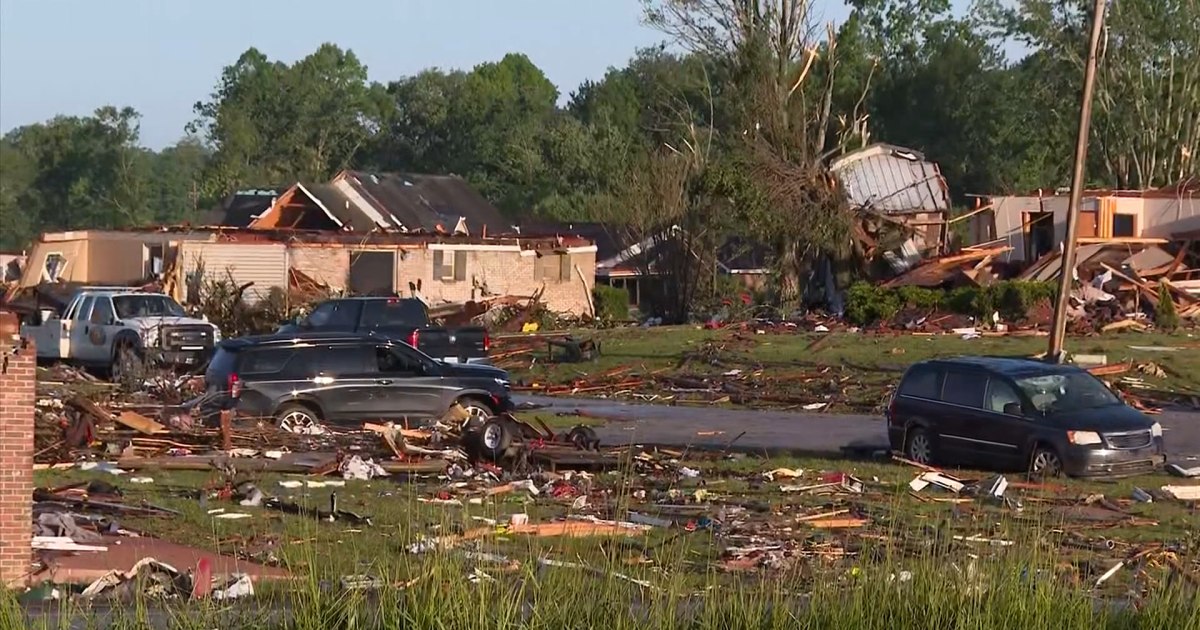Aftermath of Devastating Storms: Missouri and Kentucky in Recovery Mode
Powerful storms tore through Missouri and Kentucky this week, leaving behind widespread destruction, uprooted trees, and damaged infrastructure. The severe weather, which struck on [insert latest date], displaced hundreds of residents and prompted emergency declarations in multiple counties. As recovery efforts begin, local officials and volunteers are working tirelessly to restore power, clear debris, and assess the full extent of the damage.
Immediate Impact and Emergency Response
The storms, characterized by high winds and torrential rain, caused significant damage across both states. In Missouri, [insert latest number] homes sustained damage, with [insert number] deemed uninhabitable. Kentucky reported similar devastation, particularly in [insert hardest-hit county], where emergency shelters opened for displaced families. Power outages affected over [insert latest number] households, with utility companies scrambling to restore services.
“This is one of the most severe weather events we’ve seen in this region in recent years,” said [fictional name] Sarah Wilkins, spokesperson for the Missouri State Emergency Management Agency. “Our priority is ensuring the safety of residents while we work to assess and address the damage.”
Key immediate impacts include:
- Over [insert number] downed trees blocking major roadways
- [Insert number] schools closed due to structural damage
- Emergency shelters housing [insert latest number] individuals
- [Insert number] businesses temporarily shut down
Community Resilience Amid Challenges
Despite the devastation, stories of community resilience have emerged. Local organizations and volunteers have mobilized to distribute supplies and assist with cleanup efforts. In [insert specific town], residents formed human chains to clear debris from neighborhood streets.
Mark Reynolds, a [fictional] disaster response coordinator with the American Red Cross, noted: “We’re seeing an incredible outpouring of support. These communities are coming together in remarkable ways, but the road to recovery will be long.”
Challenges remain significant, particularly for vulnerable populations. Elderly residents and those with limited mobility face additional hurdles navigating damaged properties and accessing essential services. Local food banks have reported [insert percentage] increases in demand since the storms hit.
Assessing the Damage and Financial Toll
Preliminary estimates suggest the storms caused over [insert latest dollar amount] in property damage across both states. Insurance companies have already received [insert number] claims, with that number expected to rise as assessments continue.
Agricultural losses appear particularly severe in Kentucky’s [insert region], where [insert percentage] of crops suffered damage during critical growing stages. Missouri’s [insert specific industry] industry also reported significant setbacks, with [insert specific impact].
Key financial impacts:
- Estimated [insert dollar amount] in residential property damage
- [Insert dollar amount] in commercial losses
- [Insert percentage] increase in insurance claims compared to seasonal averages
- Potential [insert percentage] reduction in agricultural yields
Long-Term Recovery and Preparedness
As immediate needs are addressed, attention turns to long-term recovery. Both states have activated disaster recovery programs, while federal agencies evaluate potential assistance. Experts emphasize the importance of rebuilding with future climate resilience in mind.
Dr. [fictional name] Emily Chen, a climate scientist at [fictional] Midwestern University, explains: “While we can’t attribute single weather events to climate change, we’re seeing more frequent and intense storms in this region. Recovery efforts should incorporate mitigation strategies for future events.”
Local governments are already discussing updates to building codes and infrastructure improvements. Proposed measures include:
- Enhanced drainage systems in flood-prone areas
- Stricter wind resistance standards for new construction
- Expanded emergency alert systems
- Community storm preparedness training programs
How to Help Storm-Affected Communities
For those looking to assist, reputable organizations are coordinating volunteer efforts and donations. The [fictional] Midwest Disaster Relief Fund has established a verified donation portal, while local community centers are accepting essential supplies.
As cleanup continues, meteorologists warn of potential additional storms in the coming weeks, underscoring the urgency of recovery efforts. Residents are encouraged to stay informed through official channels and check on vulnerable neighbors.
The path to recovery will require sustained effort and resources, but the resilience shown by Missouri and Kentucky communities offers hope. “We’ve been through tough times before,” said [fictional] Louisville resident James Peterson, surveying his damaged home. “We’ll rebuild—stronger and together.”
See more Your Daily Weather



